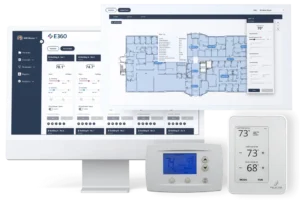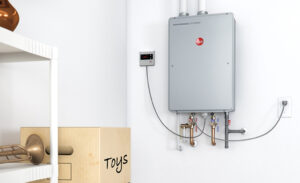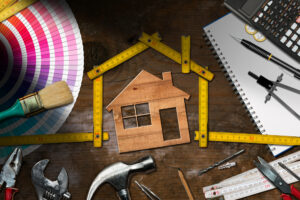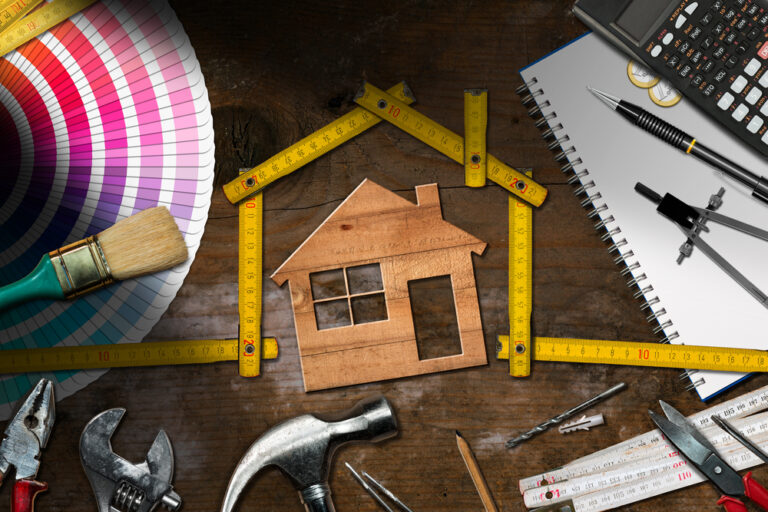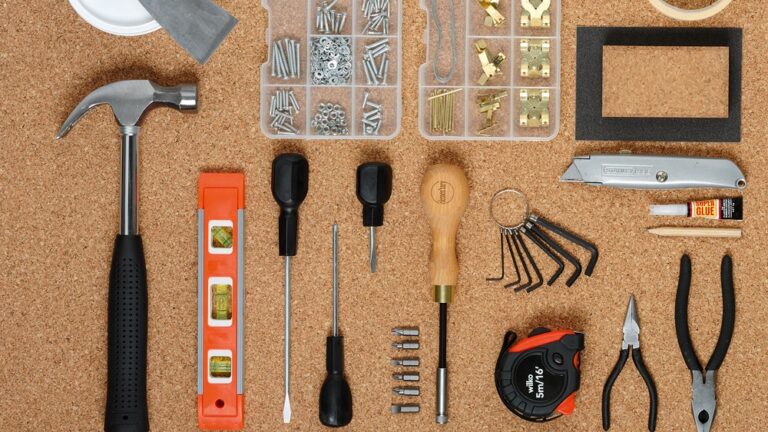Home improvement projects are an exciting way to personalize your living space and increase the value of your home. Whether you’re updating a single room or embarking on a larger renovation, setting and managing a budget is crucial for a successful outcome. For beginners, navigating the world of home improvement budgets can be overwhelming, as there are countless variables to consider, from labor costs to materials and unexpected expenses. However, with careful planning, patience, and a strategic approach, managing your home improvement budget can be a rewarding and stress-free experience.
In this beginner’s guide, we will break down the essential steps for budgeting effectively in home improvement. From setting a realistic budget to tracking costs and avoiding common pitfalls, this guide will provide you with the tools and insights you need to tackle your next project with confidence.
1. Understand the Scope of the Project
Before you dive into budgeting, it’s essential to understand the full scope of the project. The size and complexity of the renovation or update you have in mind will directly affect your budget. Start by determining what you want to achieve. Are you remodeling a kitchen, updating a bathroom, or simply repainting the living room? Each project comes with its own set of requirements, and the more you know about what needs to be done, the better you can estimate costs.
Once you’ve established a clear vision, break the project down into smaller tasks. For instance, if you’re remodeling a kitchen, you might need to budget for:
-
Demolition and labor costs
-
Materials (countertops, cabinets, flooring, etc.)
-
New appliances (oven, fridge, etc.)
-
Fixtures (lighting, faucets, etc.)
-
Plumbing or electrical work (if applicable)
Identifying all the components of the project will give you a clearer picture of what is required and how much you can expect to spend.
2. Set a Realistic Budget
Now that you have a sense of the scope of your project, it’s time to set a realistic budget. A common mistake many beginners make is underestimating the costs associated with home improvement. While it’s tempting to create a budget based on the lowest possible price points, it’s important to be realistic about your expectations.
Start by researching the average costs for the type of project you’re undertaking. Websites like HomeAdvisor, Angi (formerly Angie’s List), and Remodeling Magazine offer cost calculators and data on typical home improvement expenses in different regions. By reviewing these resources, you can get a better idea of what the project will cost based on your location and the materials you’re considering.
Once you have an idea of the total cost, factor in a contingency fund—typically 10-20% of your total budget. Unexpected expenses are a natural part of home improvement, whether it’s finding hidden water damage or needing additional materials due to a design change. Having a cushion will ensure you’re not blindsided by unforeseen costs.
It’s also a good idea to prioritize elements of your project. If you’re working with a limited budget, consider where you can save money. Maybe you can opt for less expensive materials or eliminate certain features, like luxury finishes or custom cabinetry, in favor of more affordable options that still deliver great results.
3. Research Materials and Labor Costs
A large portion of your budget will go toward materials and labor costs. While some people are tempted to cut corners by choosing the cheapest options available, it’s important to strike a balance between affordability and quality. The materials you choose will impact the overall look, longevity, and functionality of your renovation.
Start by comparing prices for different materials—such as flooring, paint, countertops, or fixtures—from multiple suppliers. Some big-box stores like Home Depot or Lowe’s may offer competitive prices, while local boutiques or specialty shops may have unique options that suit your design vision. Be sure to check for sales, discounts, or even seasonal deals that can help reduce costs.
When it comes to labor costs, you’ll need to decide whether to hire professionals or take a DIY approach. For tasks that require specific expertise—such as plumbing, electrical work, or structural changes—hiring a qualified contractor is crucial to ensuring safety and proper execution. You may also need to hire subcontractors for specialized jobs, such as flooring installation or cabinet building.
For tasks that are more straightforward, like painting or minor landscaping, you may feel comfortable doing them yourself. However, keep in mind that taking on too many DIY projects can lead to mistakes or delays. If you’re unsure about a particular aspect of the project, it’s always worth consulting with a professional to avoid costly errors.
4. Obtain Multiple Quotes
If you’re hiring contractors or subcontractors, it’s essential to get multiple quotes before making a decision. Contractors’ rates can vary widely, and by comparing several options, you can ensure you’re getting a fair price for the work.
When requesting quotes, be specific about the scope of the project and ask for a detailed breakdown of costs. A good contractor will provide an itemized estimate that includes labor, materials, and any additional fees. This transparency will help you avoid any surprises when it comes time to settle the bill.
In addition to cost, it’s important to consider the contractor’s reputation, experience, and communication style. A contractor who is easy to work with, meets deadlines, and offers clear communication can make a big difference in the overall success of your project. Don’t be afraid to ask for references or check online reviews before making your decision.
5. Track Your Expenses
As you move through your home improvement project, it’s essential to track your expenses to stay within your budget. One of the best ways to do this is by creating a spreadsheet or using budgeting software. Document all costs, including materials, labor, permits, and any other fees, as they arise. This will give you a clear picture of where your money is going and whether you’re on track to stay within your budget.
Some people also choose to use apps like Mint or YNAB (You Need a Budget) to track their spending in real-time. These tools can automatically update your spending categories and help you keep an eye on where you might be overspending.
If you notice that your expenses are starting to exceed your budget, take a step back and reassess the situation. Can you scale back on certain features? Are there areas where you can find more affordable alternatives without sacrificing quality?
6. Be Prepared for the Unexpected
Even with careful planning and budgeting, home improvement projects often come with unexpected challenges. For example, you might uncover hidden mold or structural issues that need immediate attention. Or, the cost of materials may increase during the course of your project.
To mitigate these risks, it’s essential to remain flexible and have a contingency plan in place. This means having a buffer in your budget for unexpected costs and being prepared to make adjustments if necessary.
For example, if you discover a hidden issue during construction, consider whether it’s necessary to address immediately or if it can be put off until a later date. Alternatively, you could find more cost-effective solutions for non-essential aspects of the project to free up funds for the unexpected expenses.
7. Focus on Value-Adding Improvements
When deciding how to allocate your budget, focus on improvements that will add the most value to your home. Whether you plan to sell in the near future or simply want to enjoy the space, certain upgrades tend to offer a higher return on investment (ROI). For example:
-
Kitchen upgrades: Replacing old appliances, countertops, or cabinets can significantly increase your home’s appeal and value.
-
Bathroom remodels: Updating fixtures, adding new tiles, or improving storage can create a more attractive, functional space.
-
Curb appeal: Landscaping, a fresh coat of paint, or a new front door can instantly enhance your home’s exterior.
By prioritizing these value-adding improvements, you can make the most of your budget while also increasing the long-term value of your property.
8. Enjoy the Process
Finally, remember that home improvement is a journey. While it can be tempting to rush through projects to see the end result, take time to enjoy the process. Whether you’re learning new skills, collaborating with professionals, or discovering new design ideas, home improvement is an opportunity to make your space truly your own.
Conclusion
Budgeting for home improvement doesn’t have to be intimidating. With careful planning, research, and a clear understanding of your goals, you can navigate your project with confidence. By setting a realistic budget, researching materials and labor costs, and tracking expenses along the way, you’ll be able to achieve your home improvement goals without overspending. And remember—while challenges may arise, staying flexible and prepared will help you maintain control over your budget and ensure the success of your project.


